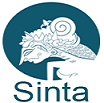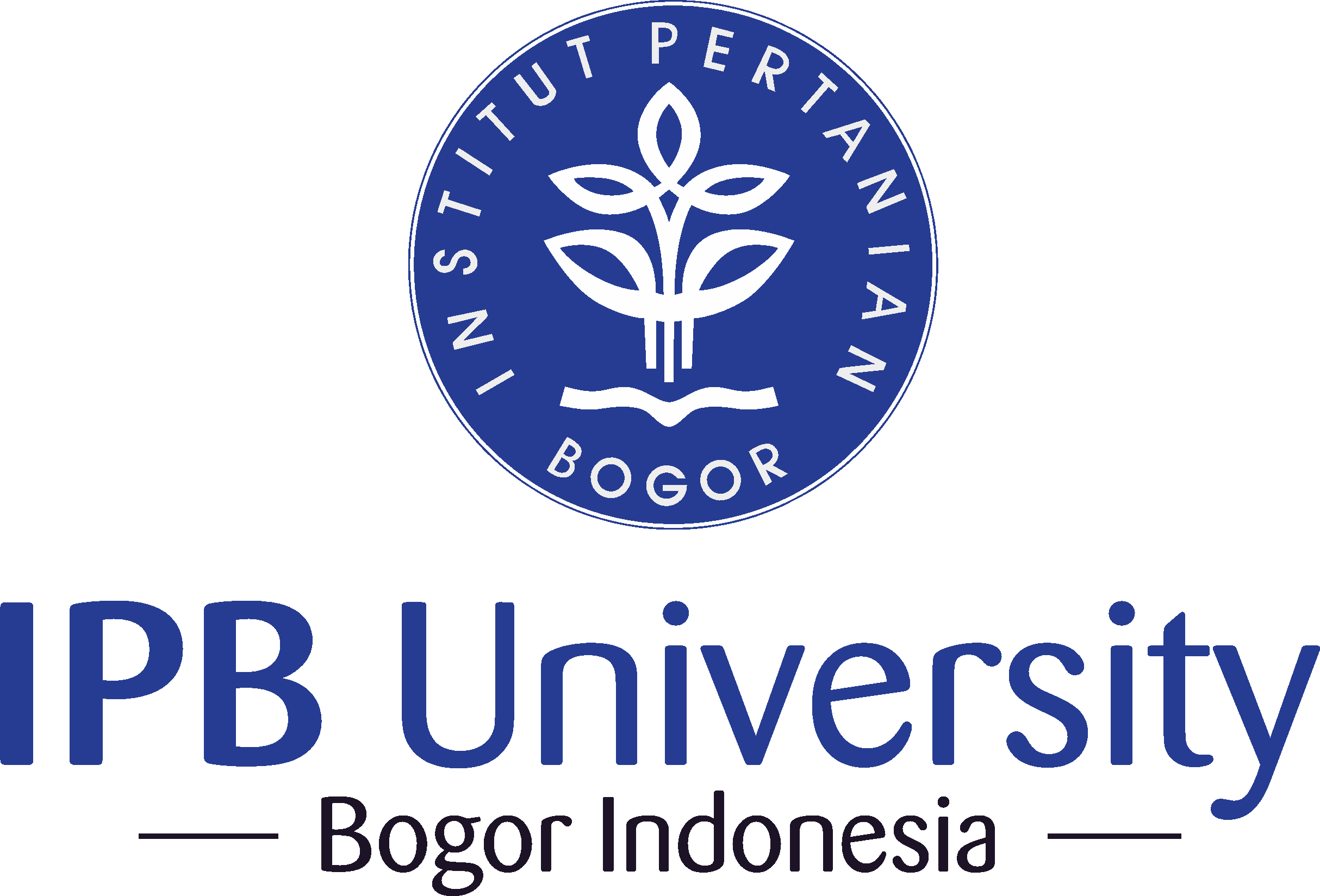GIS Based Analysis of Agroclimate Land Suitability for Banana Plants in Bali Province, Indonesia
Abstract
The need for bananas in Bali far exceeds the production. To obtain optimal production according to their genetic potential, the development of banana cultivation should be preceded by a land suitability evaluation study. This study aims to evaluate the land suitability based on agroecological parameters such as rainfall, altitude, dry month, slope, and considering current land use. The results showed that 257.467 ha or 46.16% of the area of Bali Province has the potential to be planted with bananas. Buleleng Regency has the widest area for the development of banana plants, followed by Karangasem, Tabanan, Jembrana and Bangli. Denpasar town has the smallest suitable area. Based on the observed agroclimate parameters, slope is the most severe limiting factor in banana cultivation, while rainfall, altitude, and dry months are not significant limiting factors. Recommended land use for the development of banana plants is garden, grass, rain-fed rice field, scrub, bare land, and moor.
Downloads
HAYATI J Biosci is an open access journal and the article's license is CC-BY-NC. This license lets others distribute, remix, tweak, and build upon author's work, as long as they credit the original creation. Authors retain copyright and grant the journal/publisher non exclusive publishing rights with the work simultaneously licensed under a https://creativecommons.org/

























.png) IPB University
IPB University Department of Biology
Department of Biology The Indonesian Biological Society
The Indonesian Biological Society 

